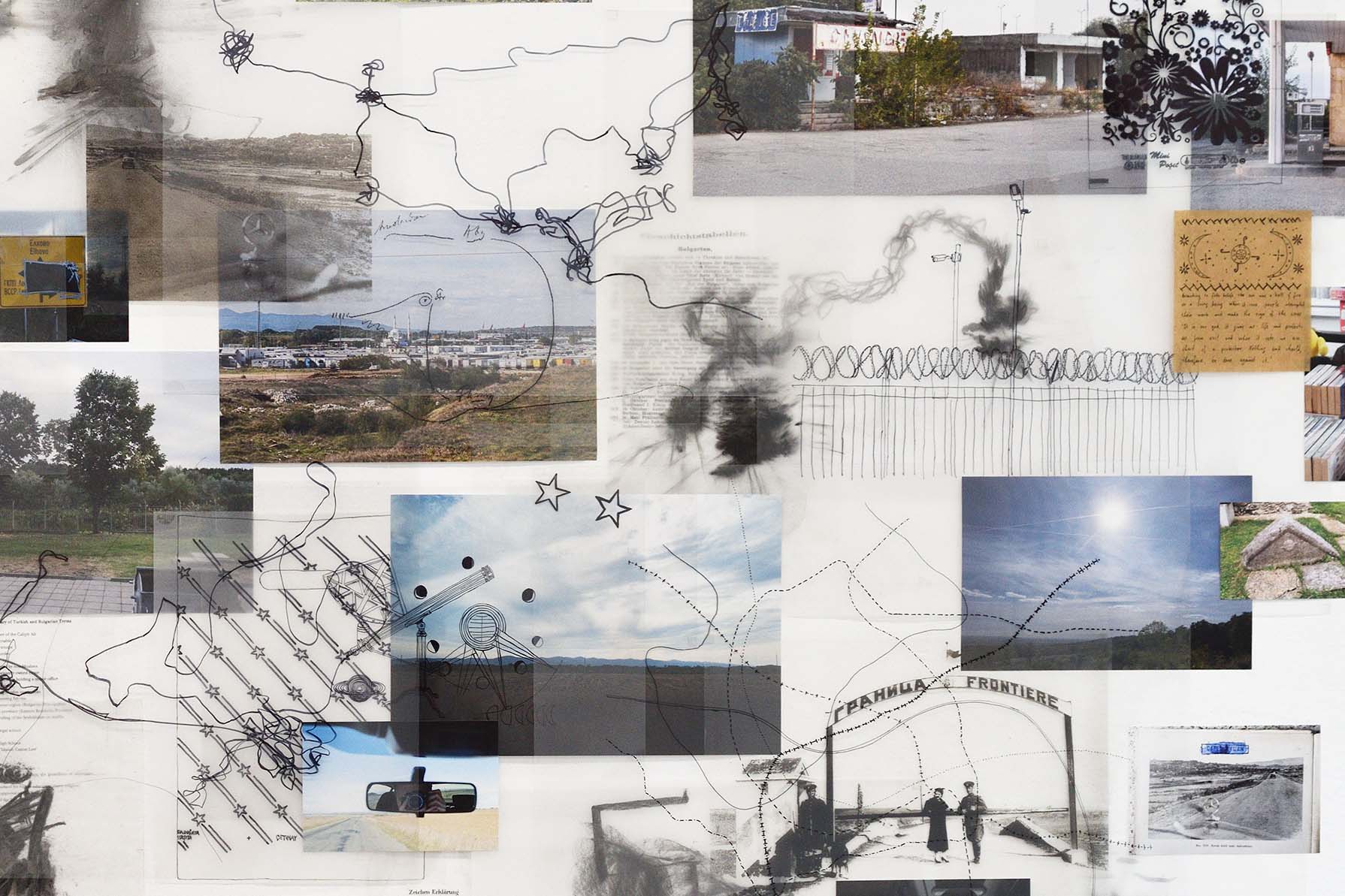
During two trips to the region and by researching archives in Bulgaria, Turkey and Germany, Janis Schroeder explored the Bulgarian-Turkish border landscape. For the exhibition he created a collage of found and self-created images, texts and sound material. It is a personal geography of the region, which also critically examines his own perspective and privileges.